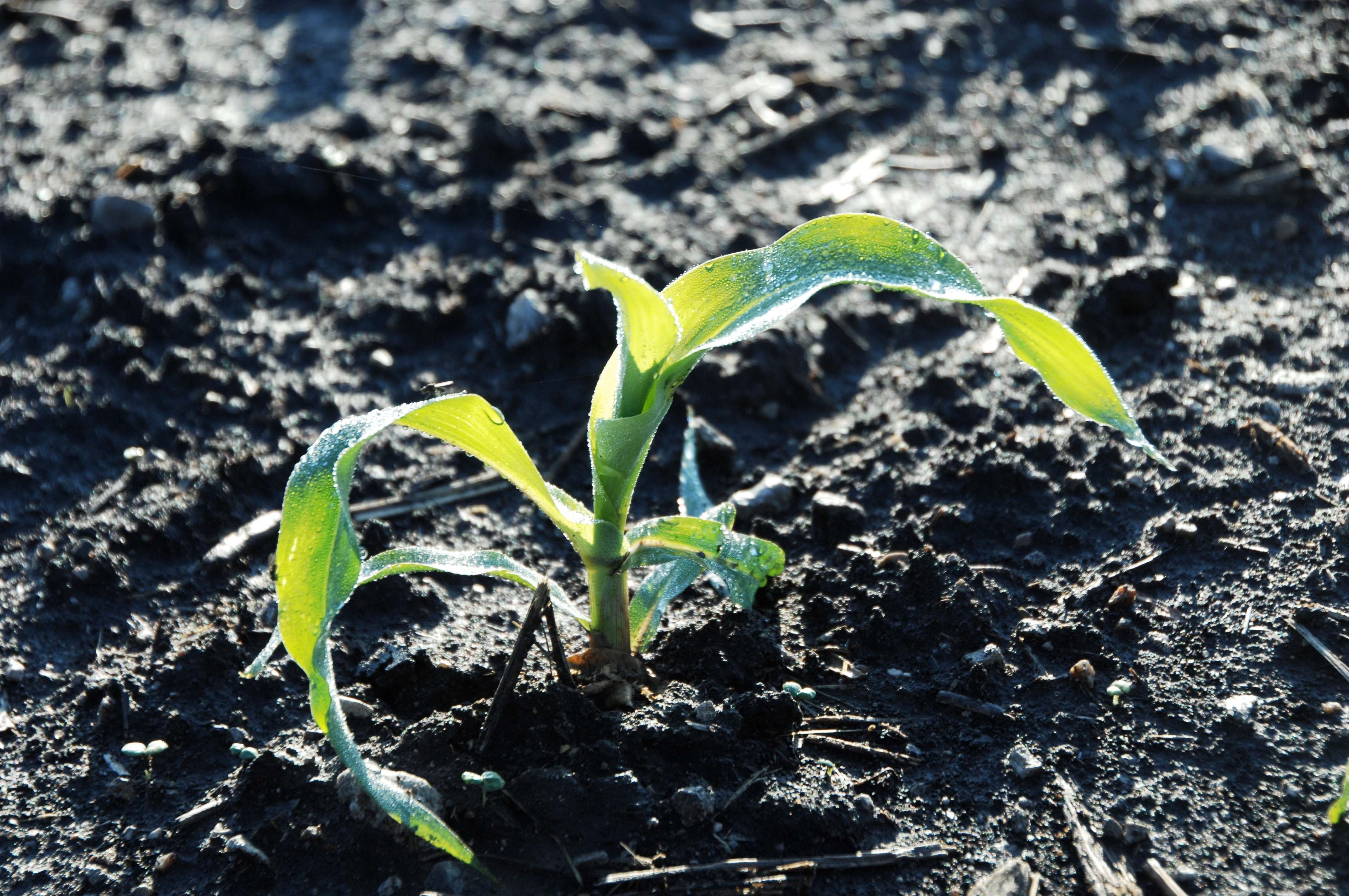Chad Hart, professor of economics and grain markets specialist, Iowa State University
515-294-9911, chart@iastate.edu
Corn and soybean prices have risen 50-60% from where they’ve been over the past few years, and Hart said that will incentivize farmers across the country to put more acres into production.
“Nationwide, what we’re going to see is farmers throughout the country planting more crops, more corn and soybeans,” Hart said. “Farmers are using more farmland this year for crops than they have the past few.”
Hart said he expects Iowa’s corn and soybean acres to remain roughly stable compared with the last few years. However, other states experienced wet conditions the last two years that prevented some acres from getting planted at all. Hart said current high commodity prices will incentivize those farmers to make sure those acres get planted this year.
Hart said demand for corn and soybeans looks strong, which should keep a national expansion of production acres from leading to a dip in prices. The livestock industry has shown strong demand for feed, while international markets such as China remain strong as well. Mexico, Japan, Columbia, Guatemala and South Korea also have grown as international markets for U.S. crops.
“Usually, more acreage means more production, and that should mean lower prices,” Hart said. “In most years it would. But this year seems to be an exception because, at least from what the markets are indicating right now, there’s enough demand worldwide to help absorb those additional acres and the supplies that will come from those acres.”
Mark Licht, assistant professor of agronomy, Iowa State University
515-294-0877, lichtma@iastate.edu
Licht said the prime window for planting corn and soybeans in Iowa stretches from around April 20 to May 10, though local weather conditions can shift that window in either direction. Farmers must wait until April 11 to plant in order to qualify for crop insurance, and yields tend to drop steadily for crops planted after June 1 because those plants have a more compressed window to reach maturity.
Many of Iowa’s northwestern counties entered spring experiencing drought conditions, and farmers are keeping a close eye on the situation, Licht said. He worried that the abrupt increase in temperatures in the first half of March may have caused snow to melt so quickly that much of the moisture was lost as runoff rather than soaking into the soil to alleviate drought.
The dry conditions could allow farmers to get into their fields earlier to begin planting, Licht said.
“If we stay dry that’ll lead to slightly earlier planting trends, but a lot of rainfall can push it back later,” he said. “Everything hinges on what the spring weather is going to do.”
Licht recommended farmers in dry regions to consider not tilling their fields ahead of planting. Tillage allows moisture to escape soils, so forgoing tillage can conserve soil moisture. Some farmers may till their fields ahead of planting because they worry crop residue in their fields may interfere with the functioning of their planters, but Licht said most modern planters purchased in the last 10 to 15 years can plant effectively into corn residue without problems.
Licht also noted the potential for the effects of last year’s violent derecho storm to linger in fields that were hit hard. Strong winds knocked down numerous acres of corn that were never harvested, and the leftover seeds from those corn plants creates the potential for volunteer corn on those same acres this year. These volunteer corn plants are not hybrid plants because they were open pollinated, Licht said. So farmers treat these corn plants similarly to weeds.
Licht said he expects many derecho-impacted acres where corn was planted last year to be switched into soybeans. Planting soybeans on acres where volunteer corn is a concern grants farmers more herbicide options, he said.
